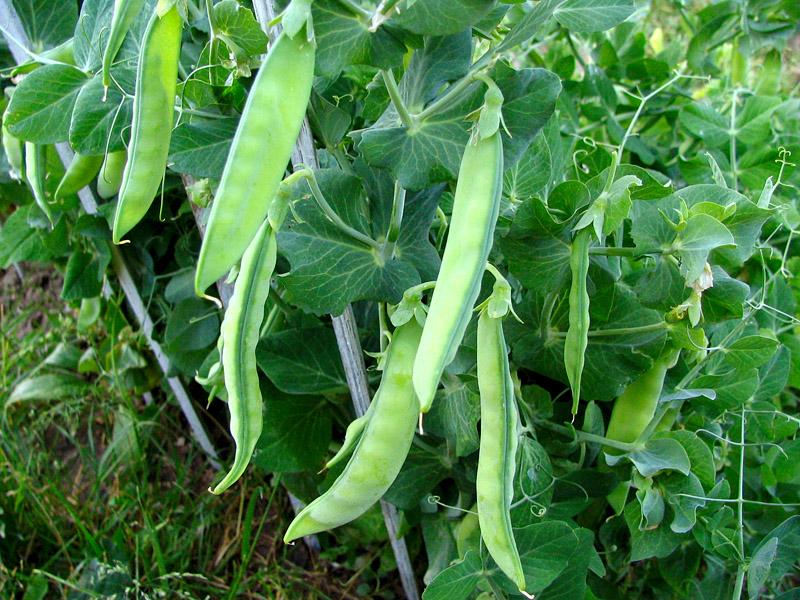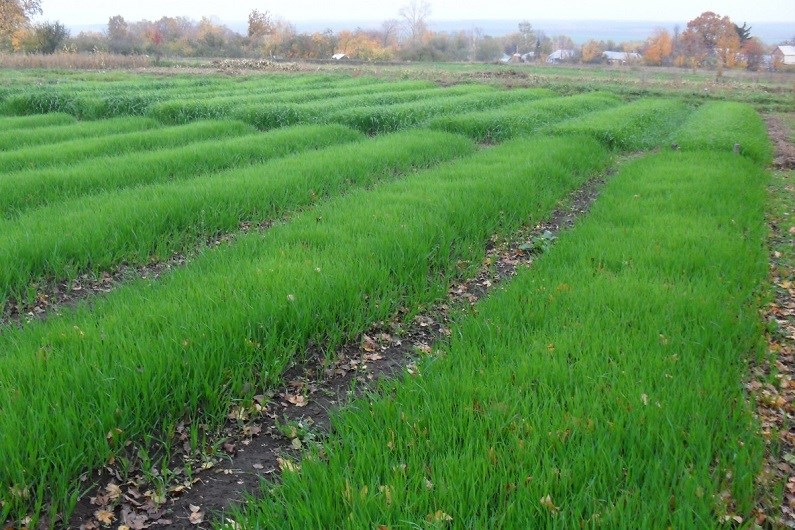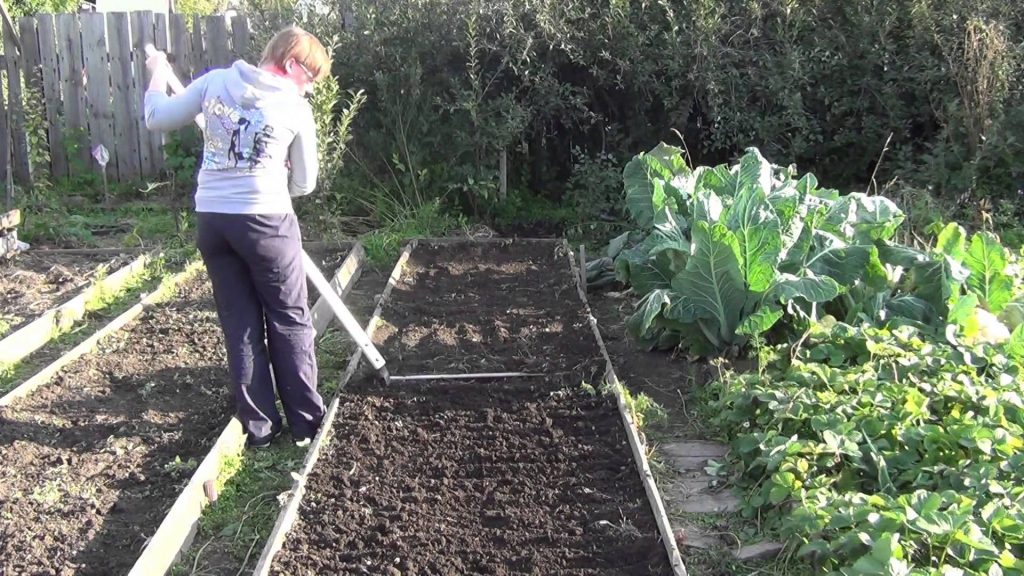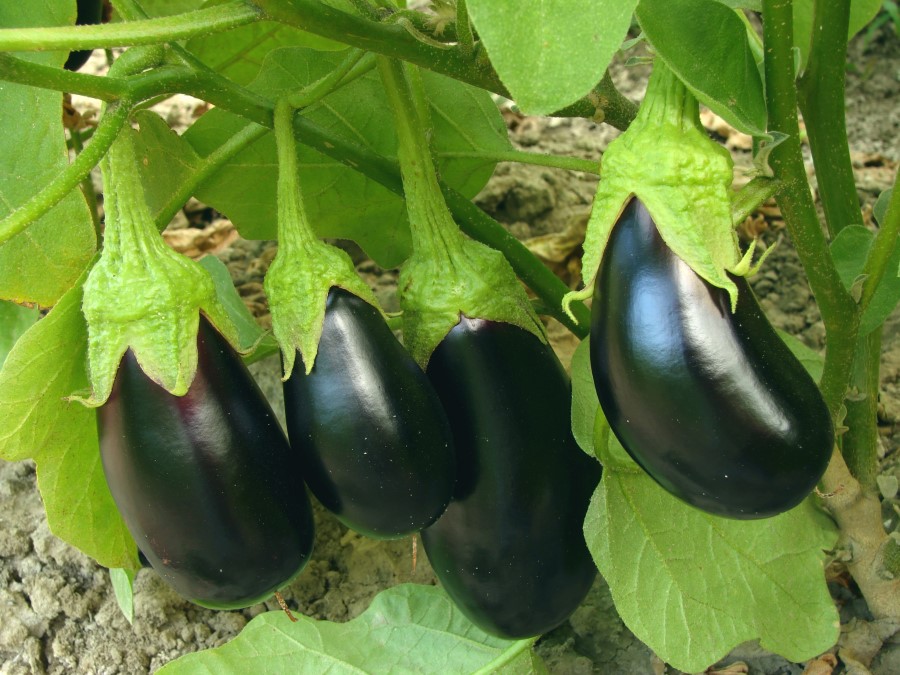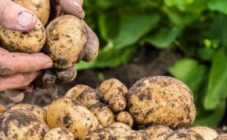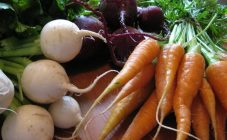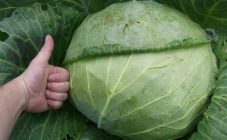Content:
Peas are one of the most beloved legumes that growers grow on their plots. It is consumed fresh and canned. In addition, peas enrich the soil with easily assimilable nitrogen. Beneficial bacteria live near the roots of legumes, which exist in symbiosis with peas or beans. These beneficial microorganisms accumulate and release nitrogen from the soil atmosphere, which is easily assimilated by cultivated plants.
However, legumes have one feature - enriching the soil with nitrogen and making it healthy, they themselves cannot tolerate an excess of this microelement. And if there is too much of it, then the symbiosis of microorganisms and this plant does not occur. Therefore, you should remember the basic rules of crop rotation, and also know - after the peas, what can be planted. After all, legumes are not grown in one place even for two seasons in a row.
Then plant the peas? The basic rules of crop rotation and green manure - this and much more will be described below.
The most suitable conditions for growing peas
Although this leguminous plant is unpretentious, to increase its yield you need to work hard and create the necessary conditions for normal growth and development in the open field.
You need to start by choosing a site where legumes will grow. The best place for this plant is well lit by the sun's rays, protected from gusts of wind and drafts. Although it grows well and bears fruit in partial shade, bountiful harvests of peas can be obtained only in beds well-lit by the sun. It is convenient to grow this vegetable along solid fences, walls of outbuildings (on the south side). It is in these places that the plant is simultaneously protected from strong winds and has a support along which it is more convenient to develop.
These vegetable plants love moisture, so sowing peas should only be done in well-moistened soil. And in the future, the main requirement is to constantly maintain the average moisture content of the upper soil layer during the appearance of buds, active flowering and the formation of ovaries. If the soil is dry, then inflorescences and ovaries will fall off the lashes. Why this happens is understandable - the bushes do not have enough moisture for life.
You can plant pea seeds at a temperature of at least 6 ° C - this plant is highly resistant to cold snaps, therefore it germinates well in such conditions. But it is better at first to cover the crops with foil. The emerging seedlings can be opened when the air temperature rises to 14-16 ° C. The ovary is formed on lashes at 14-16 ° C, but for active ripening of the pods, a temperature of at least 18-21 ° C is needed.
Although this leguminous plant can grow in any type of soil, the best soil for growing it is loose, moist loam or sandy loam, which is rich in nutrients (including phosphorus and potassium). River sand and compost (or humus) must be added to the alumina for autumn digging. Application rate - at least 10 kg per 1 sq. m. Landing in heavy soils should be done with mandatory preliminary drainage of the beds.
If you plant pea beds in the spring, a good harvest of these annual legumes can already grow in July. And in early August, you can plant this vegetable plant again, but already as a siderat. As soon as the peas rise in height by 14-16 cm, they can be plowed in during the autumn digging.
What is green manure and crop rotation
In order to get high yields of vegetables annually, not to accumulate pathogenic microorganisms and "harmful" bugs in the soil, you should know the basic rules of crop rotation. The soil needs rest to restore nutrients. The best rest for the soil is to change annuals in the beds. Such an alternation should be carried out taking into account the characteristics of the grown vegetable plants so that they do not choose the same nutrients from the soil every year.
With a well-designed crop rotation schedule, predecessor plants help ripen a good vegetable crop next season. At the same time, the annual change of annuals in the beds makes it possible to replenish those elements in the soil that were selected from it in the previous season.
Legumes are often used as green manures. Therefore, after plowing them in during the autumn digging, you need to know what to plant after peas or beans.
Sowing green manure solves a serious problem - green fertilizers get into the soil, complementing the general fertilization schedule. Green manure plants are sown in the aisles, around apple trees, pears, stone fruit trees, after harvesting in vegetable gardens. Usually, the growth period of such crops is 2-3 months (the main thing is to harvest or plow them before the seed material ripens).
Smelling such a green mass during the autumn digging process, vegetable growers solve several problems at once:
- in the process of decay, plant residues decompose, saturating the soil with various useful substances;
- the structure of the soil is improved;
- in such an environment, soil bacteria develop well, which contribute to the processing of fertilizers into constituent nutrients.
Therefore, it is very important to know after which crops you can plant legumes.
After what crops can and can not be planted peas
Pea precursors.
| Culture name | You can plant peas after it | You can not plant peas after it |
|---|---|---|
| Beans | - | It is impossible |
| Beet | Can | - |
| Bow | - | It is impossible |
| Cabbage | Can | - |
| Cucumber | Can | - |
| Zucchini | Can | |
| Dill | Can | - |
As you can see from the table, the best predecessors are crucifers, potatoes, cucumbers, squash bushes and greens. Which vegetables definitely cannot be grown in front of peas: of course, other legumes.
After which crops can peas be planted? You can plant any sort of legumes after cereals (if the field has been well cleared of straw and weeds). It is also planted after (or next to) corn. By the way, these horticultural crops can make good symbionts.
What to plant after peas next year
What to plant after peas next year - this question is often asked by novice vegetable growers. One of the main principles of crop rotation is not to plant any legumes in one place for more than one season. But next season, for example, you can sow cruciferous (cabbage), pumpkin crops, salads.
A related question: what can be planted in the garden bed after the beans? It all depends on the desire of the vegetable grower himself, because after this bean plant, high yields can be obtained from almost any cultivated plant. For example, sowing garlic before winter, good harvests next season are given by vegetables from the nightshade family, melons, carrots, beets, turnips and radishes.
Knowing the rules of crop rotation and wisely using green manure, even novice gardeners may well get record yields.
